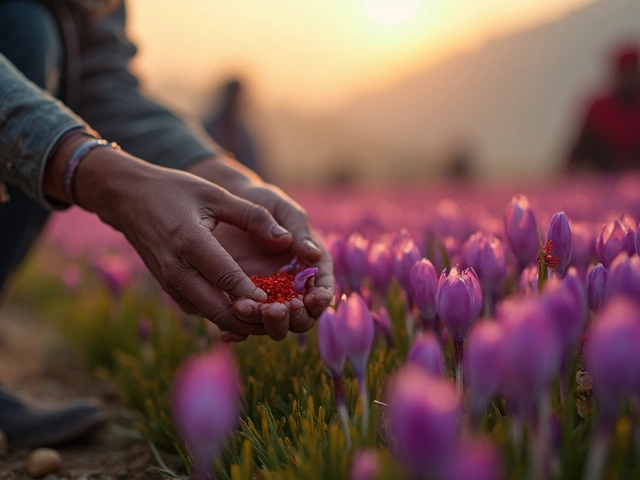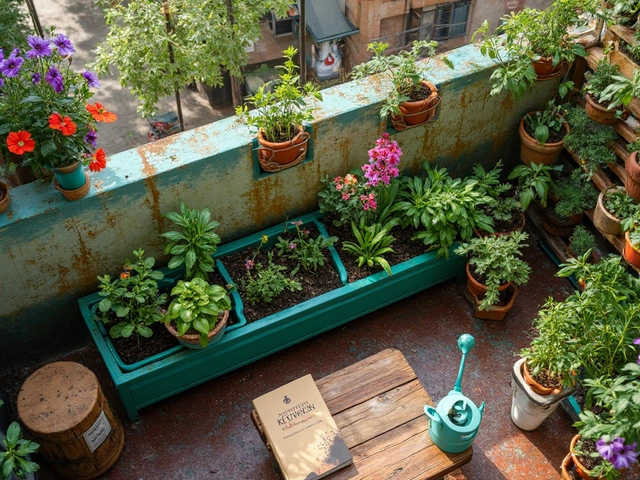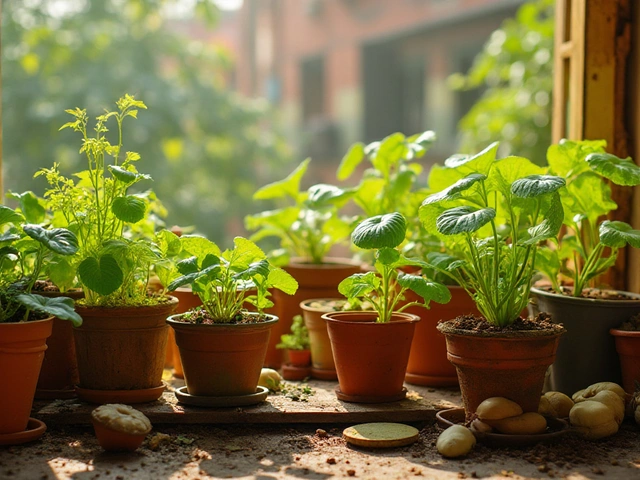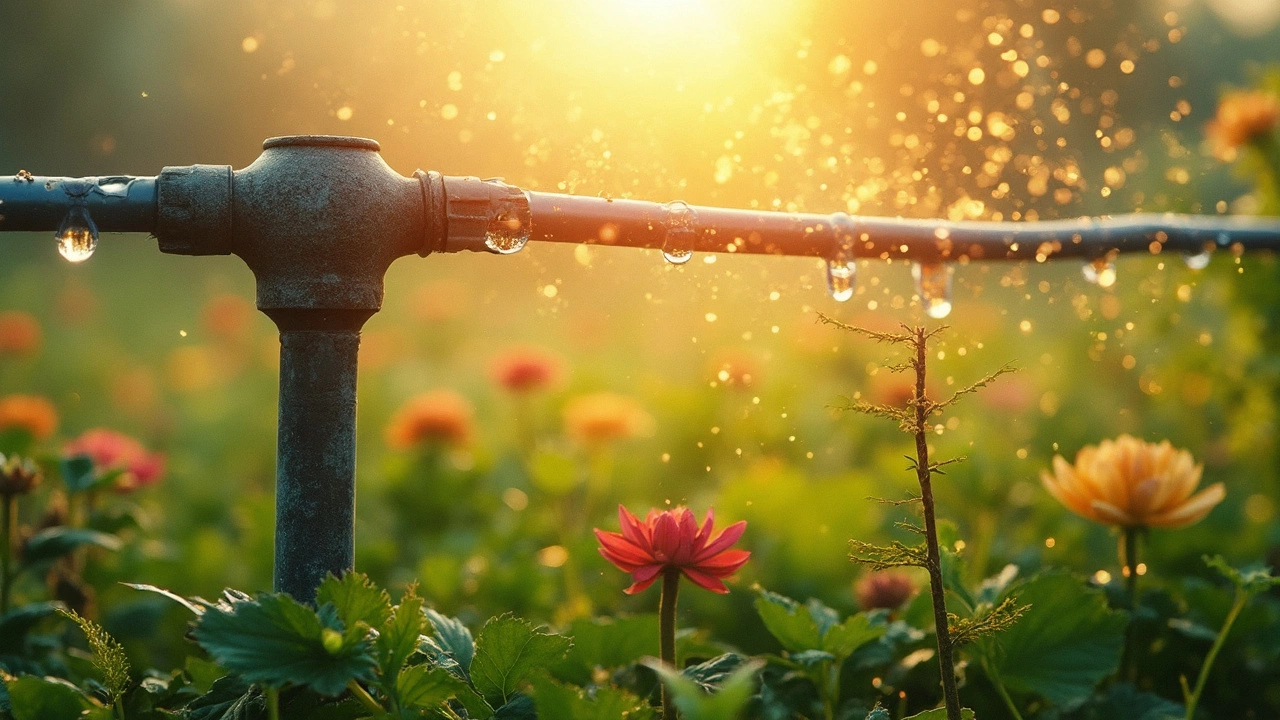Clogging in Gardens: Quick Fixes & Prevention Tips
Ever noticed water pooling, low flow, or plants looking wilted for no reason? Most of the time it’s a clog. Whether it’s a drip‑irrigation line, packed soil, or even coffee grounds, a blockage can turn a healthy garden into a headache fast. The good news is you don’t need a pro to get things moving again. Below are simple steps you can take today.
Why Clogging Happens
Clogging starts with tiny particles that build up over time. In drip‑irrigation systems, mineral deposits, sand, or crushed mulch can lodge inside the tubing. For soil, too much clay, compaction from heavy foot traffic, or a sudden rain splash can squeeze air out and trap water. Even organic matter like coffee grounds or excess fertilizer can form a crust that stops water from reaching roots. The result is uneven watering, stressed plants, and wasted time.
Another common culprit is old or low‑quality emitters. Cheap plastic parts often crack or shrink, creating narrow spots where debris builds up. If you’ve used the same system for years without a flush, expect a buildup. The key is to identify the source early – water pressure, flow rate, and visual inspection will point you in the right direction.
Simple Solutions to Keep Things Flowing
Start with a quick flush. Disconnect the main line, attach a garden hose, and run water at high pressure for a few minutes. This dislodges most mineral deposits and sand. For stubborn blockages, a thin wire or a specialised drip‑line cleaner can push debris out. Remember to re‑install filters after cleaning – they catch particles before they reach the line.
If soil compaction is the issue, try the "finger test" – push a finger into the ground about an inch deep. If it feels hard, add organic matter like compost or well‑rotted manure. Lightly work it in with a garden fork; this loosens particles without harming roots. Mulch helps too, but keep it a few centimeters away from the plant base to avoid suffocating the soil.
When using coffee grounds, remember they’re acidic. A thin layer on top of the soil can lower pH too much and create a barrier. Instead, compost them first or mix them with plenty of leaf litter. This prevents a coffee‑ground crust and still gives you the nitrogen boost.
Finally, schedule regular maintenance. Every 3‑6 months, check emitters for leaks, clean filters, and give the line a short flush. For soil, a yearly deep‑till or adding a layer of compost keeps the structure airy. By staying ahead of the problem, you avoid big fixes later.
Clogging might sound technical, but with a few easy habits you can keep water flowing and plants thriving. Try one of these tips today and watch the difference in just a week.
Why Does My Drip Line Keep Clogging?
Clogged drip lines can ruin your garden's irrigation system. Understand the common causes of clogging, from debris and mineral buildup to poor filtration. Discover practical solutions to maintain clean drip lines, ensuring efficient water flow. Simple tips make a world of difference in preventing clogs and improving plant health.
About
Drip Irrigation
Latest Posts


Most Expensive Flower in India: Saffron Magic and Mystique
By Alden Thorne May 5, 2025

Should You Bury Your Drip Irrigation System?
By Alden Thorne Apr 6, 2025

How Much Space Do You Need for a Kitchen Garden?
By Alden Thorne Mar 7, 2025

